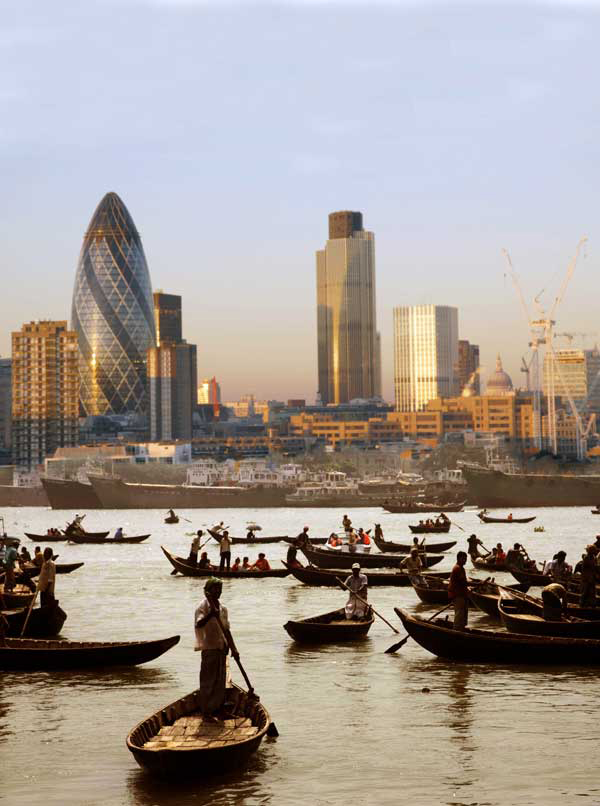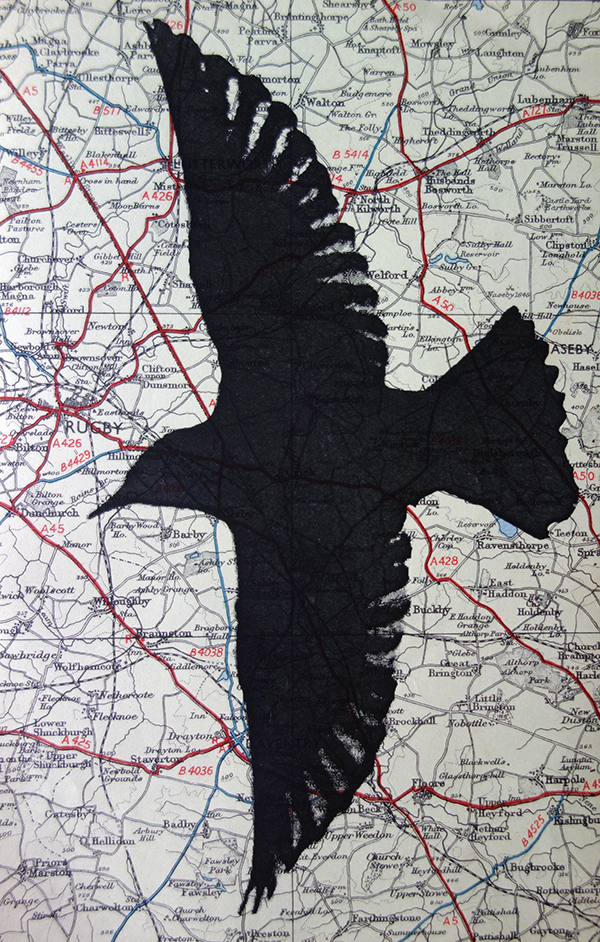| |
Climate Change & Bangladesh
August 16, 2016
Bangladesh, with its low elevation and severe tropical storms, is among the countries most vulnerable to the effects of climate change, though it has contributed little to the emissions that are driving it.
Global sea levels could rise more than three feet by 2100. Higher seas and warmer weather will cause profound change. Climate scientists have concluded that widespread burning of fossil fuels is releasing heat-trapping gases that are warming the planet. While this will produce a host of effects, the most worrisome may be the melting of much of the earth’s ice, which is likely to raise sea levels and flood coastal regions. Island nations like the Maldives, Kiribati and Fiji may lose much of their land area, and millions of Bangladeshis will be displaced.
Bangladesh produces only 0.3 percent of the emissions driving climate change. Some developing countries have demanded that rich countries compensate poor countries for polluting the atmosphere. A few have even said that developed countries should open their borders to climate migrants. “It’s a matter of global justice,” said Atiq Rahman, executive director of the Bangladesh Center for Advanced Studies and the nation’s leading climate scientist. “These migrants should have the right to move to the countries from which all these greenhouse gases are coming. Millions should be able to go to the United States.”Bangladesh has done much to protect its population by creating an early-warning system and building at least 2,500 concrete storm shelters. The result has been a vast reduction in storm-related deaths. While Cyclone Bhola in 1970 killed as many as 550,000 people, Cyclone Aila in 2009 killed 300. The deadliest part of the storm was the nearly 10-foot wall of water that roared through villages in the middle of the afternoon.

Dhaka, Bangladesh 1995

Dhaka Bangladesh 1994

Bangladesh 1994

Rickshaw,Bangladesh 1994

Bangladesh 1994

Rural Bangladesh 1994

Bangladesh 2008

Rural Bangladesh 1992

Bangladesh 1994

Dhaka Bangladesh 1994

Dhaka Bangladesh c.1992

Dhaka Bangladesh c.1994

Bangladesh 2008

Rural Bangladesh 1994

Bangladesh 2008

Sylhet Bangladesh c.1992

Bangladesh 2008

Dhaka Bangladesh c.1992

Bangladesh 2008

Bangladesh c.1992

Bangladesh c.1992

Dhaka, Bangladesh 1996

Dhaka Bangladesh 2009
One Response
leave one →

























Beautiful pictures capturing the reality